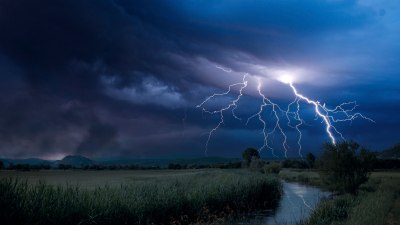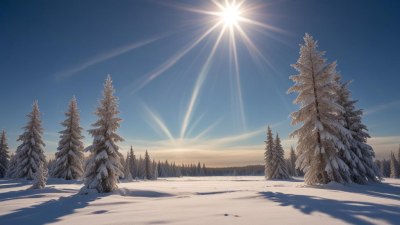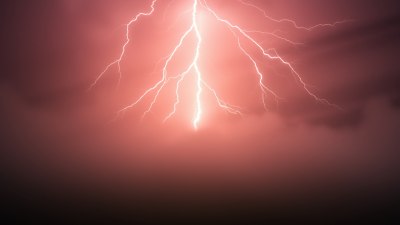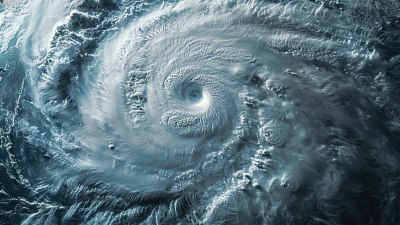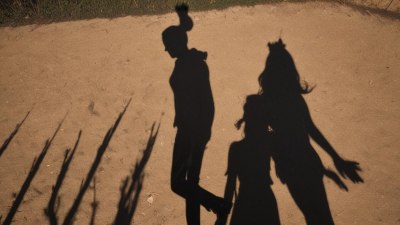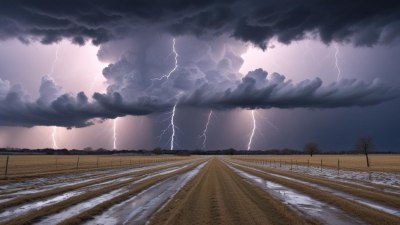Why Tornadoes Sometimes Glow at Night: The Role of Electrical Charges
Discover the fascinating reasons why tornadoes can glow at night, exploring the role of electrical charges and atmospheric conditions.
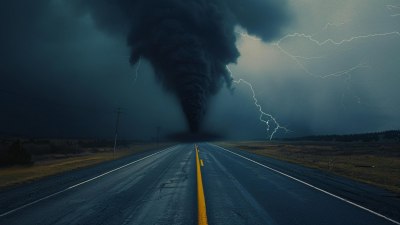
Tornadoes are one of the most violent and destructive weather phenomena on Earth. They form from severe thunderstorms, and their formation involves complex atmospheric dynamics. One of the most intriguing aspects of tornadoes is how they can emit a faint glow at night. This phenomenon has fascinated scientists and weather enthusiasts alike. In this article, we delve into the reasons behind the nocturnal glow of tornadoes and the role that electrical charges play in this spectacle.
The Formation of Tornadoes
To understand why tornadoes glow, it's essential to first understand how they form. Tornadoes typically develop within supercell thunderstorms, which are characterized by a rotating updraft known as a mesocyclone. These storms require specific conditions, including warm, moist air at the surface and cold, dry air aloft, creating instability in the atmosphere. When these air masses collide, they can produce strong winds and severe thunderstorms capable of generating tornadoes.
Understanding the Glow
One of the most fascinating phenomena associated with nighttime tornadoes is their ability to glow. This glow can be attributed to several factors, including the presence of electrical charges in the atmosphere. Tornadoes often form during severe thunderstorms, during which violent wind patterns and electrical activity, like lightning, are prevalent. As a tornado moves through the atmosphere, it can become charged with electricity, leading to a luminous effect.
The Role of Electrical Charges
The relationship between tornadoes and electrical charges is a complex one. Within a thunderstorm, the collision of water droplets, ice particles, and hail can cause the buildup of electrical charges. These collisions create a separation of electric charges, resulting in areas of positive and negative charges within the storm. This process can lead to lightning, but it can also affect nearby tornadoes.
Tornadoes and Lightning
One of the significant reasons tornadoes glow at night is due to the associated lightning activity. When a tornado occurs alongside thunderstorms, it can enhance the overall electrical activity in the atmosphere. The presence of lightning can illuminate the tornado's structure, making it appear to glow. This effect is particularly striking at night when the dark sky serves as a backdrop for the illuminated tornado.
Electric Fields and Plasma
Another explanation for glowing tornadoes lies in the electric fields that are present. Tornadoes can generate strong electric fields due to the movement of charged particles within their structure. These electric fields can produce ionization in the surrounding air, creating a state of plasma. This ionized air is capable of emitting light, contributing to the glowing appearance of tornadoes at night.
Color Variations of Glow
The color of a glowing tornado can vary significantly based on several factors, including the intensity of electrical activity, the types of particles present, and even the humidity levels in the air. For instance, a tornado that interacts with high levels of moisture may display a bluish tint, whereas one influenced by other atmospheric conditions might appear more reddish or orange. These color variations add to the beauty and complexity of the phenomenon.
Safety Considerations
While the glow of a tornado can be mesmerizing, it also serves as a visual indicator of the violent weather conditions surrounding it. Observing a glowing tornado can remind people of the inherent dangers associated with severe weather. Tornadoes can be unpredictable and generate destructive winds, making it crucial for individuals residing in tornado-prone areas to heed early warning systems and take necessary precautions.
Scientific Studies
Researchers continue to study the glowing phenomenon associated with tornadoes. By examining the conditions that lead to electrical activity and glow, scientists hope to gain insights into tornado formation and behavior. Understanding the electrical dynamics within a tornado could ultimately improve forecasting techniques, thereby enhancing public safety during severe weather events.
The glowing appearance of tornadoes at night is a captivating example of nature’s beauty intertwined with its destructive potential. The role of electrical charges is pivotal in this phenomenon, acting to both illuminate the tornado and signify the intense atmospheric processes at play. As we continue to explore the science behind tornadoes and their nocturnal glow, we deepen our appreciation for the complexity of our planet's weather systems.
